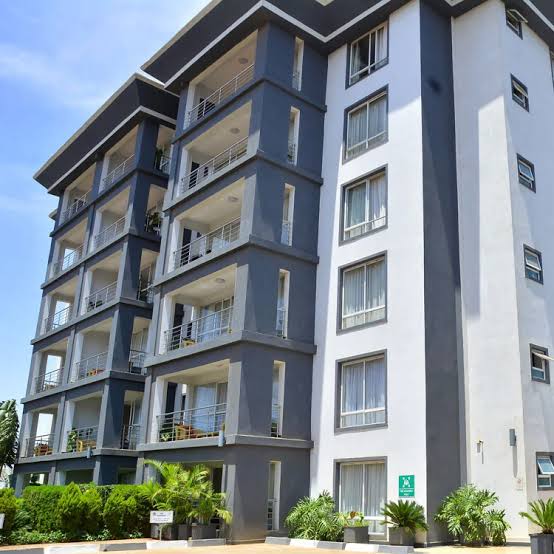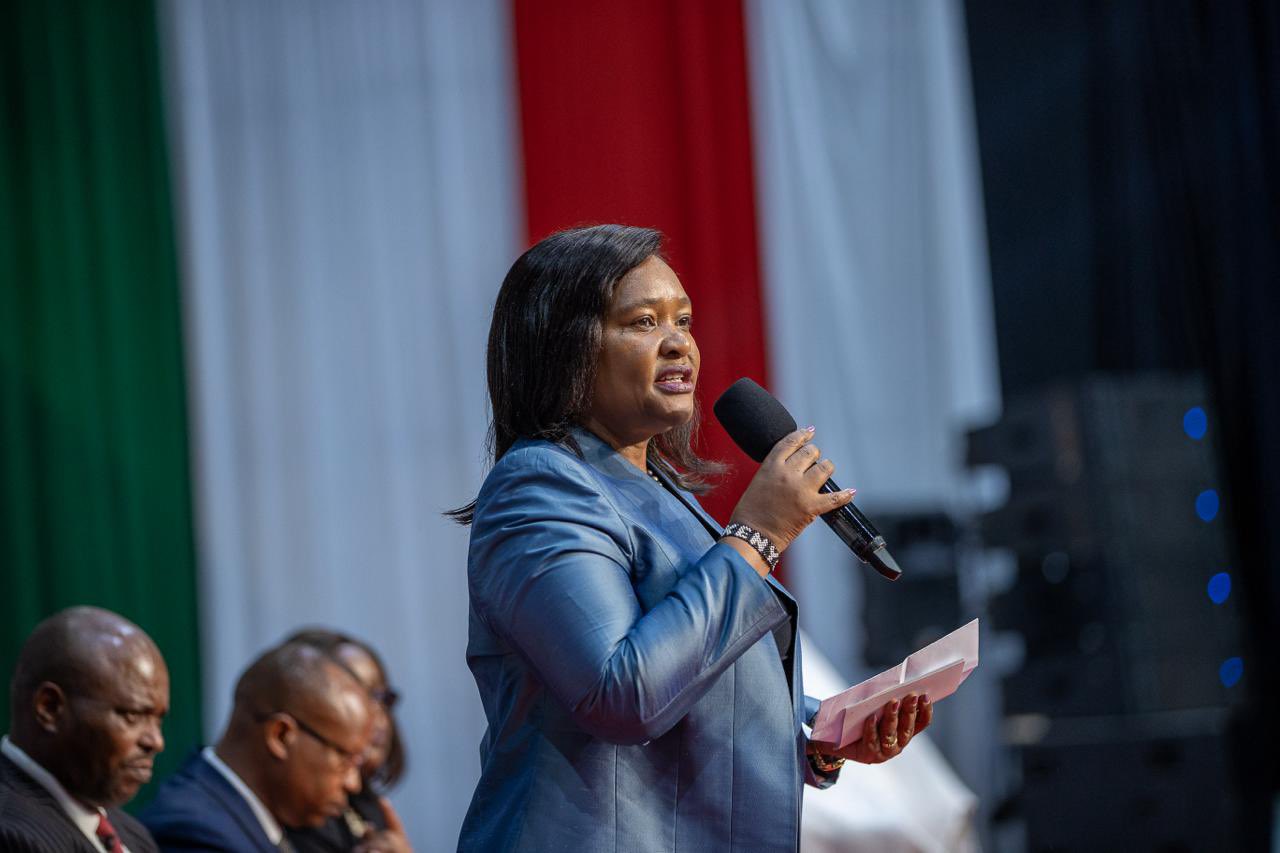A wave of frustration has hit social media as Nairobi residents express growing concern over the rising cost and declining quality of apartments across the city. What was once considered a sign of urban progress is now being criticized as a housing nightmare; cramped spaces, high rent and no privacy.
“Ni mimi tu ama Nairobi nyumba zinakaa jela? Zinikaa jela za majuu, ni ndogo na rent unalipa 700K” Content creator and media personality, Laura Mbatha, voiced her frustration on Instagram, lamenting how modern Nairobi apartments have become too expensive yet look like jails. (Is it just me or do houses in Nairobi look like prisons? They look like prisons, they are small and you pay 700K for rent)
Thousands of Kenyans echoed similar experiences of living in congested high-rise buildings that barely offer comfort or peace of mind.
Many residents complain that most of the new apartments, especially in areas like Kilimani, Kileleshwa, Roysambu and Ruaka, have been built with profit, not people, in mind. The buildings are often squeezed too close together, leaving no space for privacy or even sunlight.
“You can literally see what your neighbor is cooking or watching,” one online user lamented.
The issue isn’t just about aesthetics or comfort, it’s about value. A one-bedroom apartment in some Nairobi suburbs now goes for between KSH 35,000 to KSH 70,000, yet offers little more than a tiny balcony and walls so thin that neighbors can hear each other’s conversations.
Urban housing experts blame unregulated constructions, poor urban planning, and the increasing demand for affordable housing in the capital.
Developers are said to be cutting corners, stacking up units in tight spaces while branding them as “modern apartments” to justify high rent prices.
The public outcry has reignited debate about the state of housing standards in Nairobi, with many calling for authorities like the National Construction Authority (NCA) and County Government of Nairobi to step in and enforce stricter building codes.
Nairobi residents are tired of paying premium prices to live in what they describe as “urban cages.” With the cost of living continuing to rise, many are wondering whether the dream of comfortable city living is slowly slipping out of reach.
While the Affordable Housing Program, led by President Ruto, begun to deliver some tangible units and promises a large-scale transformation of Kenya’s housing stock, the reality on the ground is that many projects are still under construction and the pace of delivery remains far behind original targets.
The housing program has helped some Kenyans, but it is not yet broadly meeting its ambition, nor fully alleviating the housing challenges faced by many residents today.












